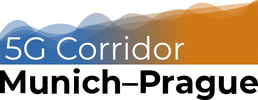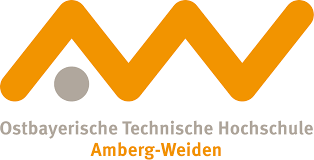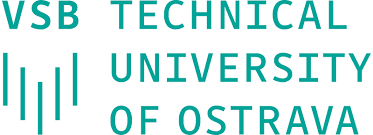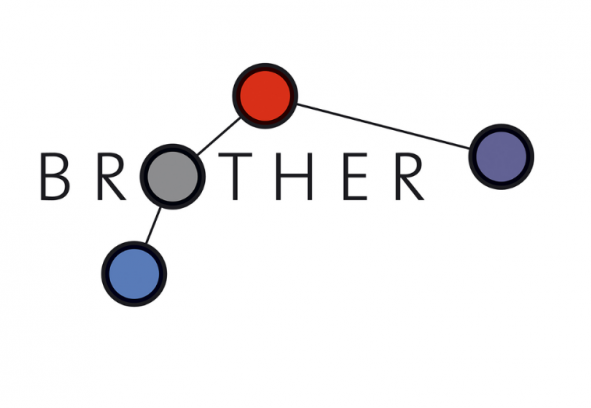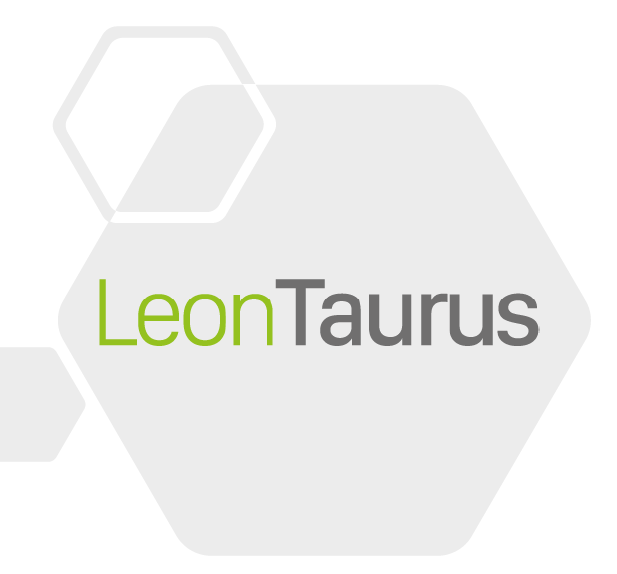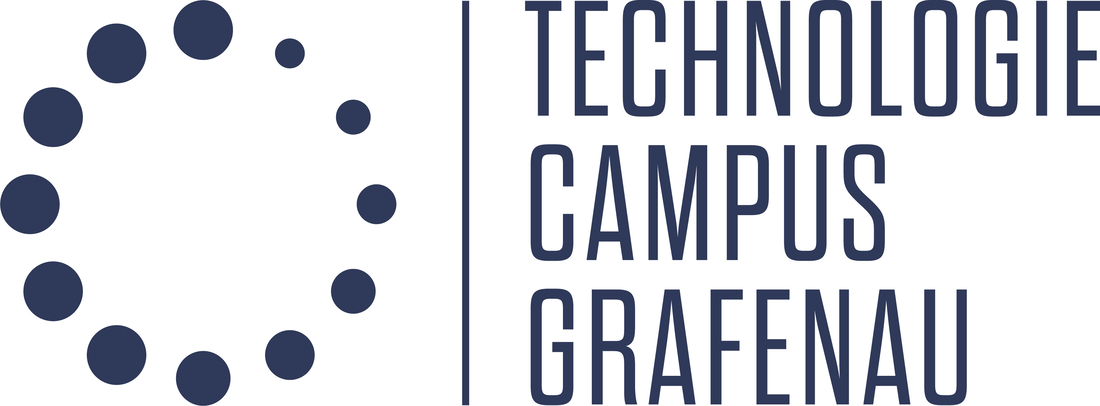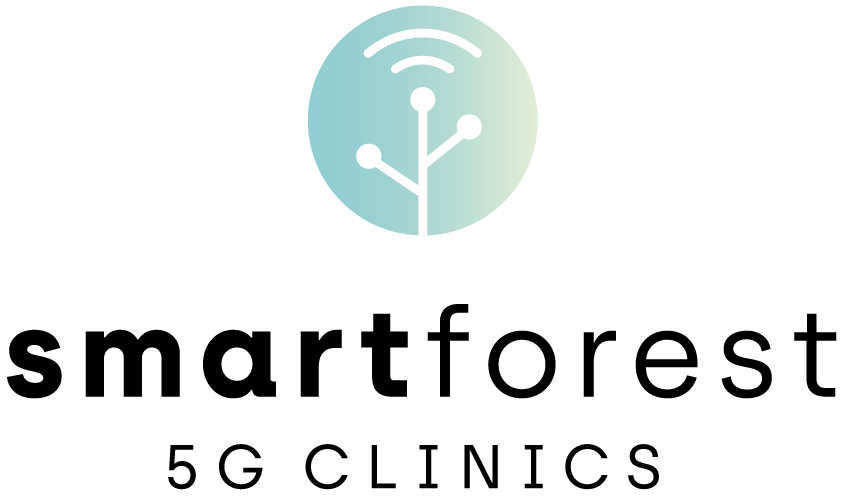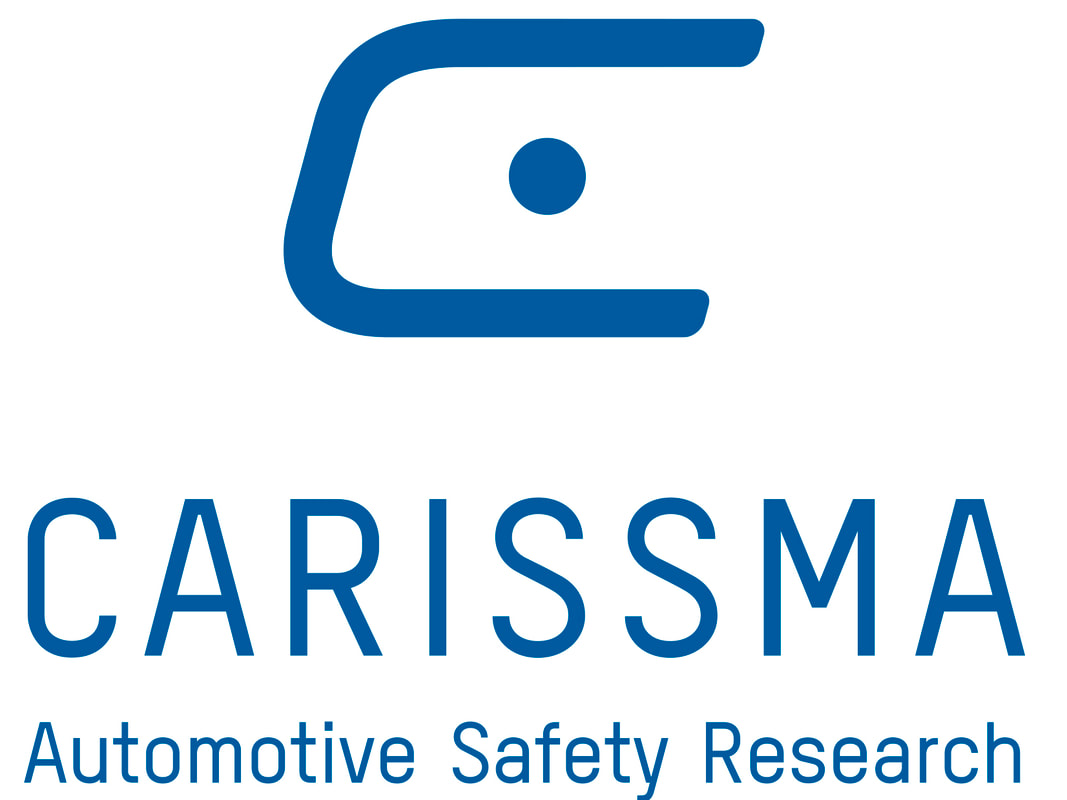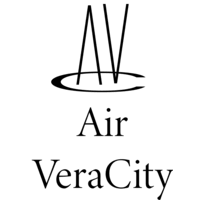Projects in the 5G Corridor Munich - Prague
This page is intended to give an overview about ongoing projects in Bavaria and Czechia in the application areas of 5G. If you would like to participate in any of the projects, you can either contact the project lead of the 5G Corridor Munich - Prague or get directly in touch with the listed contact person of the project.
Are you part of a 5G application project or are you interested in starting your own 5G application project in the 5G Corridor Munich - Prague?
Are you part of a 5G application project or are you interested in starting your own 5G application project in the 5G Corridor Munich - Prague?
Cross-topic 5G Projects
CONNECTION OF 5G TESTBEDS IN MUNICH AND PRAGUE │ TECHNICAL UNIVERSITY MUNICH & CZECH TECHNICAL UNIVERSITY PRAGUE
|
Interconnection of 5G+ testbeds in Munich and Prague
The project targets the interconnection of the 5G+ testbeds at the Technical University Munich and at the 6Gmobile research lab at the Czech Technical University in Prague. Interconnection will be demonstrated via remote control of a robot. The interconnection of the testbeds will provide a basis for joint application and demonstration projects conducted by Czech and Bavarian partners, as well as allow both research groups to evaluate their 5G implementations and research results in a more realistic cross-country setting. This project was funded by the Bavarian-Czech Academic Agency (BTHA). Project Website |
TUM
|
Projects in eHealth
TELEMEDICINE AND SOCIAL CARE │ CZECH TECHNICAL UNIVERSITY IN PRAGUE
|
Personal Health Assistance Systems
The main objective of the project is the design and development of selected modules for the InspectLife platform that allows:
Utilization of Social Innovations Using Assistive Technologies in the Zlin Region The aim of the project is to design, implement, and test reliable sensor-based systems with smart evaluation algorithms in real life settings to better support and timely care for fragile persons. The main aim is to develop a fully functional system that satisfies requirements formulated by potential users. The project partners provide social and health care services in the Zlin region (Diakonie, Social Services Vsetin, Tomas Bata Regional Hospital). The Project is funded by the Czech Ministry of Labor and Social Affairs. Virtual Reality for Keeping Seniors Active The aim of the project is to create a software – a set of virtual reality experiences respecting the needs and specifics of seniors in geriatric facilities, as well as a certified methodology for geriatric staff and home care. In virtual reality, the viewer becomes a part of the story and can influence it. Such activation can lead to well-being and joy in the game. This also promotes awareness of the dignity and self-value, development or preservation of cognitive functions and helps satiate many of the psycho-spiritual needs. The certified methodology will explore the potential of that new form of activation, by working with individual seniors or in groups. The above-mentioned projects are only a selection of the current research. The team of doc. Lenka Lhotská is also researching basic data signal processing for medicine, developing data models for home or hospital information systems, as well as developing applications of Artificial Intelligence. |
doc. Ing. Lenka Lhotská, CSc., Czech Technical University in Prague |
5G4HEALTHCARE │ OTH AMBERG-WEIDEN
|
5G4Healthcare
The 5G4Healthcare project (2019 – 2022) aims to explore the possibilities and limits of improving the effectiveness and efficiency of rural health care through 5G and to derive recommendations for action of scalable solutions. The project is intended to create a platform on which digital applications can be developed, tested, and evaluated in "living labs" (real environments) and "testbeds" based on 5G technology in rural healthcare scenarios. The starting point will be two selected use cases – “Integrated Care” and “Home Care” - in which exemplary scenarios will be used to explore the added value and effects that can be realized by digital solutions in healthcare and what additional potential can be tapped by 5G technology. In the "Integrated Care" use case, a consistent digital health-supported integrated medical care approach - with both outpatient and inpatient structures - is to be implemented in rural areas. For example, electronic records and telemedical procedures will be used. The aim is to create a virtual care center. In the second use case, "Home Care in connection with Ambient Assisted Living (AAL)", a consistent digital health-based approach is also being implemented with the involvement of all representatives of the outpatient sector, which explicitly addresses home care and provision in rural areas. In order to optimize logistics for patients receiving care at home, a communication platform is being set up in the form of an innovative, mobile IT collaboration tool that integrates doctors, pharmacies, medical supply stores, nursing services and patients/relatives. Assistance solutions and smart devices will supplement the infrastructure for the stakeholders involved. The project is funded by the German Federal Ministry of Transport and Digital Infrastructure. Project Website |
Prof. Dr. rer. pol. Steffen Hamm, OTH Amberg-Weiden |
HOME CARE LABORATORIES │ VŠB-TU OSTRAVA
|
Home Care Laboratories at VŠB-TU Ostrava
The two Home Care living laboratories of the VŠB-TU Ostrava are part of the 5G Campus Network (built in cooperation with T-Mobile) and allow testing and new developments in the fields of:
Current projects in the laboratory research:
The living laboratories on Home Care are part of a series of testbeds at the VŠB-TU Ostrava that also deal with Industry 4.0 and automotive technologies. |
doc. Ing. Martin Černý, Ph.D., VŠB - Technical University of Ostrava |
BROTHER │ UNIVERSITY REGENSBURG AND UNIVERSITY HOSPITAL PILSEN
|
BRoTHER - Biobank Research on Telemedical Approaches for Human Biobanks in a European Region
The BRoTHER project (2017-2019) implemented an interactive, interregional biobank-network in the centre of Europe, with the aim to facilitate the interaction and cooperation of biobanks through digitalisation, the standardisation of biobank-infrastructures, effective international cooperation, and active exchange of experiences. In this project, biobanks from the Universities of Regensburg, Munich, Pilsen, and Brno cooperated closely. The main application fields are international cooperation in the digitalisation of different healthcare systems, as well as international exchange of students and experts. The project was funded by the Bavarian-Czech Academic Agency. BRoTHER Summer Schools In 2018, the first BRoTHER Summer School took place in Regensburg. Its goal was to connect students, scientists from the BRoTHER-Consortium, and international experts on biobanking. Through presentations, workshops, and hands-on trainings, participants were introduced to newest developments in the field of biobanking, ethical and legal matters, preanalytics, hard- and software-systems for biobanking, and to whole-slide-imaging. The second BRoTHER Summer School took place in 2019 in Pilsen. The third BRoTHER Summer School will take place 2021 in Regensburg. The main application fields of the project are international cooperation/education and digital methods in the field of biobanking. The summer schools were funded by the Bavarian-Czech Academic Agency. eduBRoTHER - Biobanking und Personalized Medicine for Students The eduBRoTHER project (2020-2022) establishes an international course-programme, addressing the topics biobanking and precision medicine. The course “Precision Medicine International (eduBRoTHER)” is offered to students of the medical faculties in Regensburg and Pilsen. The combination of digital learning in webinars and e-learnings with practical exercises during laboratory courses in both biobanks gives the students the opportunity of individual learning as well as international exchange. This unique education programme closes a gap in a field of modern medicine that becomes increasingly important. The main application field of the project is digital education in the field of medicine. The project is funded by the European Union (Interreg). Project Website |
Prof. Dr. Christoph Brochhausen-Delius, University Regensburg, Institute of Pathology and Central Biobank Regensburg prof. MUDr. Ondřej Topolčan CSc., University Hospital Pilsen doc. RNDr. Judita Kinkorová CSc., University Hospital Pilsen |
TELEMEDICINE │ JESENIK REGION IN COOPERATION WITH THE OLOMOUC UNIVERSITY HOSPITAL
|
5G for 5 Cities
The 5G for 5 Cities project (2021 – March 2022) is a pilot project to verify the benefits of 5G technologies for cities and micro-regions. The project should verify the potential of 5G networks, bring a possibility to test 5G Hardware and 5G IoT, as well as transfer the experience from Vodafone Global (project partner). The project will test different types of sensors, IoT, wearables, and communication platforms and examine their benefits for doctors and patients. In order to gain insights into the perspectives of practitioners and patients, the project will include 9.000 patients as well as practitioners from a variety of specializations, e.g. neurology, oncology, and geriatrics. The project is funded by the Czech Ministry of Industry and Trade and the Czech Ministry for Regional Development. The 5G for 5 Cities project cooperates with the JADECARE project. This cooperation is intended to achieve significant benefits for the citizens of the Jeseník region. JADECARE - The Joint Action on Implementation of Digitally Enabled Integrated Person-centered Care The JADECARE project (2020-2023) is part of a series of initiatives the EU has launched to face the challenges of the transformation of health and care in the EU. JADECARE intends to reinforce the capacity of health authorities to successfully address important aspects of the health system transformation, in particular the transition to digitally-enabled, integrated, person-centred care in the EU. One focus is the exchange of best practices in the practical use of telemedicine in between the participating 17 EU countries. The projects is funded by the European Consumers, Health, Agriculture and Food Executive Agency (CHAFEA). Project Website |
Ing. Jiří Stich, Leon Taurus s.r.o. |
5G EDGE-CLOUD BASED AUGMENTED REALITY │ TECHNICAL UNIVERSITY OF MUNICH
|
5G Edge-Cloud Based Augmented Reality
The 5G Research Hub Munich targets the development of an experimental 5G platform at the Technical University of Munich based on a joint research project started in 2019 between the Chair of Communication Networks (Prof. Wolfgang Kellerer) and the Chair of Media Technology (Prof. Eckehard Steinbach) funded by the Bavarian Ministry of Economic Affairs, Regional Development and Energy. The idea of the 5G Edge-Cloud Based Augmented Reality project at the 5G Research Hub is to realize AR applications by leveraging the edge cloud capabilities of 5G networks. AR applications in portable devices usually have to deal with a limited computational power and/or a high power consumption. Taking processes that would normally run locally to the edge cloud of 5G networks can make these AR devices more powerful and longer lasting. Possible application scenarios are AR information systems (tourism, health, maintenance, etc.). In healthcare, an example is the transfer of local controls of an exoskeleton to the edge cloud in order to save weight, cost, and battery on the device. |
Prof. Dr.-Ing. Eckehard Steinbach, Technical University of Munich |
SMART FOREST 5G CLINICS | DEGGENDORF INSTITUTE OF TECHNOLOGY
|
SMART FOREST 5G Clinics
Current care challenges result in a desire for assistance with routine, time-intensive and/or critical processes to improve care and support and thus increase patient safety. On the other hand, it is essential to protect personnel as much as possible from overload and risks of infection. The advantages of the 5G mobile communications standard will make a variety of new solutions possible. In the process, the entire population of the two counties Regen Arberland and Freyung-Grafenau can benefit by sustainably improving healthcare. As part of the 5x5G Innovation Program, the "SMART FOREST" project is testing the capabilities and any current limitations of fifth-generation mobile communications in hospitals. In use case 1, locating functions are to support certain wards in the search for lost persons. In addition, in the event of a fall, the responsible nursing staff is to be notified immediately. In use case 2, televisits via robotic systems will relieve physicians during their on-call duty. In use case 3, a humanoid robot will optimize the orientation of arriving visitors and patients. In order to generate synergy effects, the robotic systems will also be used in other use cases: In use case 4, the system used in use case 2 will take over the transport of materials from wards to the laboratory in order to relieve nursing staff. In use case 5, the system used in use case 3 will improve the handling of future pandemics by supporting access management to the hospital. To test the transferability of the results, one hospital from each district - the Arberlandklinik Viechtach and the Klinik am Goldenen Steig Freyung - will be equipped with 5G technology and the use cases will be adapted. The duration of the project funded by the German Federal Ministry of Digital Affairs and Transport is from 01.12.2021 to 30.11.2024. Project Website |
M. Sc. Lisa-Marie Hanninger, Technology Campus Grafenau, Deggendorf Institute of Technology |
Projects in Connected and Automated Mobility
5G AUTOMOTIVE TEST BED │ FRAUNHOFER IIS
|
5G Automotive Test Bed @ Fraunhofer IIS
Currently, Fraunhofer IIS is maintaining two 5G test beds, one for industry 4.0 and one for the automotive sector. In addition to testing in these areas, Fraunhofer IIS is also working on using 5G as connectivity module in different research areas and in mobile communication in general. The test beds are also embedded in a bigger framework, for example in the 5GMOBIX project. The 5G Bavaria Test Bed Automotive is located south of the City of Rosenheim and incorporates part of the city as well as rural areas. It is a one-stop-shop solution for the testing of 5G automotive use cases, offering:
Fraunhofer IIS is offering the possibility to test various C2X use cases like high-throughput scenarios and jamming/spoofing scenarios, as well as interoperability tests, penetration tests, simulation vs. emulation, and the transfer of use cases to public networks. Partners from Czechia and Bavaria are welcome to use these testing facilities. |
Martin Speitel, Group Manager Automotive |
5G, CONNECTED AND AUTOMATED MOBILITY │ USTI REGION
|
5G, Connected and Automated Mobility in the Usti Region
The Usti region in Czechia, formerly a typical industrial region that now has a strong automotive background, is focusing on challenges in smart mobility, digitalization, clean energy, and circular economy. As part of the 5G for 5 Cities project, the Usti region is working on automated mobility and plans to finance some of their activities with the EU Recovery and Resilience Facility. Use cases include digital road infrastructure, HD maps, 3D models for testing in virtual environments, public transportation, and logistics. In a pre-feasibility study, Usti region created a U SMART ZONE for testing higher-level control systems in an open environment, containing nearly 27 km of roads, consisting of two circuits. Focusing on digital infrastructure from automated vehicles to smart mobility, the U SMART ZONE is currently testing mobility solutions for a hospital and a shuttle to a recreational area. |
Petr Achs, University of Jan Evangelista in Ústí nad Labem |
5G RESEARCH ACTIVITIES │ NOKIA
|
5G Research Activities @ Nokia
In the automotive sector, Nokia is focusing on supporting safety and automated driving solutions, which includes the predictability and reliability of connectivity, latency, and quality of service. Nokia is part of three 5G automotive corridor projects covering different parts of Europe: 5GCarmen, 5GMOBIX, and 5GCroCo. In these projects, Nokia is particularly working on ensuring the connectivity between different countries and therefore different networks. To ensure a stable connection when crossing borders, Nokia is testing connecting edge cloud capabilities from the different regions. Nokia is open for collaboration in projects that cover topics which have not been excessively addressed yet and include an efficient number of partners. |
Dr. Uwe Pützschler, Head of Automotive & Mobility Solutions |
5G RESEARCH ACTIVITIES │ VALEO
|
5G Research Activities @ Valeo
Valeo is an automotive supplier that is also invested in creating autonomous driving strategies and functions. Besides five production facilities in the Czech Republic, the Valeo Research & Development Center in Prague is responsible for the global validation process of their technologies. The products from the R&D Center include front cameras, RLT sensors, ultrasound sensors, radars, and interior controls, as well as functions that connect the different parts. Valeo is developing telematics units from 4G eCall to high end 5G box, enabling new connected services like remote parking, pedestrian information, and vehicle diagnostics. For testing their sensors, Valeo can rely on various test tracks, open road testing, and simulations. Valeo sees particular potential for 5G in the open road testing since the data from these tests has to be handled manually at the present time. Valeo ist member of the 5G Automotive Alliance and is collaborating with the University of Ostrava and the Technical University in Prague. For research on 5G in the automotive sector, they are working together with partners in Kronach, Bavaria. Valeo is open for collaboration. |
Matouš Kostlivý, University Relations |
CONNECTED AND AUTOMATED MOBILITY │ TRANSPORT RESEARCH CENTRE (CDV)
|
Connected and Automated Mobility @ CDV
Regarding the relevance of 5G, the Transport Research Centre in Brno is part of two projects.
Both projects are currently using 4G. However, 5G would bring more possibilities. The CDV is open to new joint projects and partners, especially – but not limited to - in the fields of:
|
Dr. Marek Vanžura, Head of the Autonomous Driving Department |
EXTENDED PERCEPTION FOR COOPERATIVE CONNECTED AND AUTOMATED MOBILITY │ CARISSMA, THI INGOLSTADT
|
Extended Perception for Cooperative Connected and Automated Mobility @ CARISSMA, THI Ingolstadt
The Center of Automotive Research on Integrated Safety Systems and Measurement Area (CARISSMA) at the Technische Hochschule Ingolstadt is one of Germany’s leading scientific centers for automotive safety. With the help of Extended Perception, the team around Prof. Ondřej Vaculín is planning to connect three different living labs in the area of Ingolstadt. The objectives are:
In addition, Extended Perception is planned to be used for infrastructure-based sensors in critical road segments and for connected and automated rest stop areas. |
Prof. Ondřej Vaculín, CARISSMA, THI Ingolstadt |
MOBILITY-BASED SMART AIR QUALITY NETWORK │ AIRVERACITY
|
Mobility-based Smart Air Quality Network
Instead of stationary and expensive stations that measure air quality, AirVeraCity has developed inexpensive sensors that can be applied to different kinds of vehicles, for example busses, cars, and bikes. Through network connectivity, the sensors produce a local and real-time evaluation of the air quality at EU-level standard. This system can be applied in any city. |
Kristian Lande, AirVeraCity |
PLATFORM FOR AUTONOMOUS DRIVING FOR PUBLIC TRANSPORT VERHICLES USING 5G TECHNOLOGIES │ CITY OF PILSEN
|
Platform for Autonomous Driving for Public Transport Vehicles Using 5G Technology in the City of Pilsen
As part of the 5G for 5 Cities project funded by the Czech Ministry of Industry and Trade, the City of Pilsen envisions
At the moment, Pilsen is focusing on an autonomous tramway route in the city containing several C-X concepts like a c-junction, a c-switch, and a c-stop. This system is planned to be expanded to other modes of transportation via the deployment of a C2X central system that combines reality, simulation techniques, and HD virtual twin technology. The City of Pilsen is looking for partners in Bavaria to collaborate on a joint proposal to the Connecting Europe Facility, particularly with the focus on public transportation first and then moving to other kinds of vehicles. |
Martin Volný, CEO of Intens Corporation s.r.o. |
ROBOAUTO 5G RESEARCH │ ROBOAUTO
|
5G Research Activities @ Roboauto
The mission of Roboauto is to create autonomous and connected machinery. The two main pillars are enabling sensory HD mapping sets and the teleoperation of vehicles. Among others, Roboauto is involved in the following projects:
The key features of Roboauto are:
Internationally, Roboauto is involved in the projects SHOW - SHared automation Operating models for Worldwide adoption, 5GMOBIX - 5G for cooperative & connected automated MOBIility on X-border corridors, and 5GBLUEPRINT - Next generation connectivity for enhanced, safe & efficient transport & logistics. Roboauto is open to new joint projects and partners. |
Martin Králík, CEO Roboauto |
